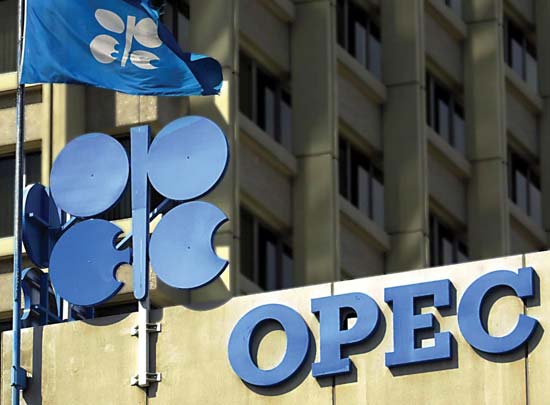The International Energy Agency said on Tuesday that warmer weather, rising non-OPEC output threaten oil market balance in the first half of 2018.
In its monthly oil market report, the Paris-based IEA cut its oil demand forecast by 100,000 barrels per day (bpd) for this year and 2018, to an estimated 1.5 million bpd in 2017 and 1.3 million bpd in 2018.
Geopolitical tension in the Middle East and intermittent supply outages in the likes of Nigeria and Iraq have pushed oil above 60 dollars a barrel for the first time since 2015,
while global inventories have fallen, prompting many market watchers to raise their price forecasts.
“Does it mean the market has found a ‘new normal’ where the accepted floor might have moved from 50 dollars per barrel to 60 dollars per barrel?
“This might be a tempting view, assuming supply disturbances will continue and tensions in the Middle East will not ease,” the IEA said.
“However, if these problems do prove to be temporary, a fresh look at the fundamentals confirms the view we expressed in October that the market balance in 2018 does not look as tight as some would like, and there is not in fact a ‘new normal’.”
The IEA noted that output by the OPEC was down by 830,000 bpd year-on-year in October, although demand for the group’s crude is expected to fall to 32.6 million bpd in the fourth quarter of this year and to 32.0 million bpd in the first quarter of 2018.
Compliance by the group with its joint 1.8-million-bpd output cut with 10 partners was 96 per cent in October, the highest since the supply-reduction deal took effect in January.
The biggest threat to market balances, aside from a tempering in demand, is the growth in supply from non-OPEC nations.
“Even after some modest reductions to growth, non-OPEC production will follow this year’s 700,000-bpd growth with 1.4 million bpd of additional production in 2018 and next year’s demand growth will struggle to match this,” the IEA said.
“This is why, absent any geopolitical premium, we may not have seen a ‘new normal’ for oil prices.”
Oil inventories in the world’s richest nations fell by 40 million barrels in September, breaking below 3.0 billion barrels for the first time in two years, driven in part by Hurricane Harvey, which shuttered much U.S. refining capacity in August.
“Using a scenario whereby current levels of OPEC production are maintained, the oil market faces a difficult challenge in 1Q18 with supply expected to exceed demand by 600,000 bpd followed by another, smaller, surplus of 200,000 bpd in 2Q18,” the agency said.
Global oil demand growth is likely to have slowed to 1.3 million bpd in the third quarter of this year, in part because of the impact of hurricanes Harvey and Irma in August and September on U.S. consumption.
Growth is expected to accelerate to 1.4 million bpd in the last three months of this year, even though mild temperatures and rising prices will restrain demand, the IEA said.

